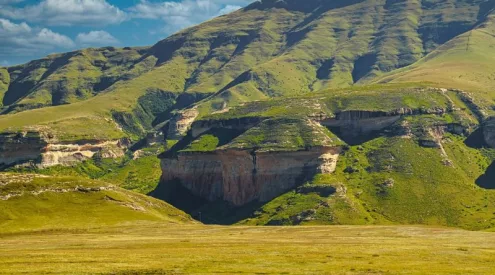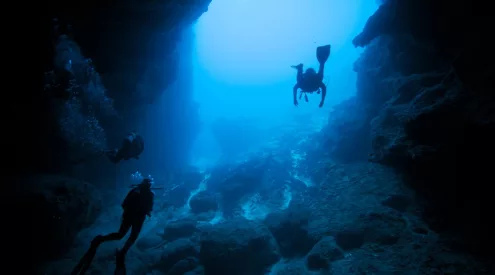Unearthed at the Buffels River Valley in Namaqualand, these termite mounds, with their ancient roots, are a rare find. Dating back 34,000 years, they stand as the oldest (and still active) termite mounds ever discovered.

Unsplash/Ansie Potgieter
This fantastic find, by members of the Department of Soil Science and Earth Sciences at Stellenbosch University, will be a significant source to broaden our understanding of prehistoric life on Earth.
The small hills found are inhabited by Microhodotermes viator, also known as the Southern Harvester Termite. The Stellenbosch University researchers, in collaboration with members of the Institute for Nuclear Research in Hungary, have not only found a historical archive but also a potential component to our future.
These calcareous termite mounds naturally extract Carbon dioxide from the ground and store it, a process known as carbon sequestration. Further studies are currently underway to determine whether this could have potential as a strategy to combat global warming effects.
Follow us on social media for more travel news, inspiration, and guides. You can also tag us to be featured.
TikTok | Instagram | Facebook | Twitter














